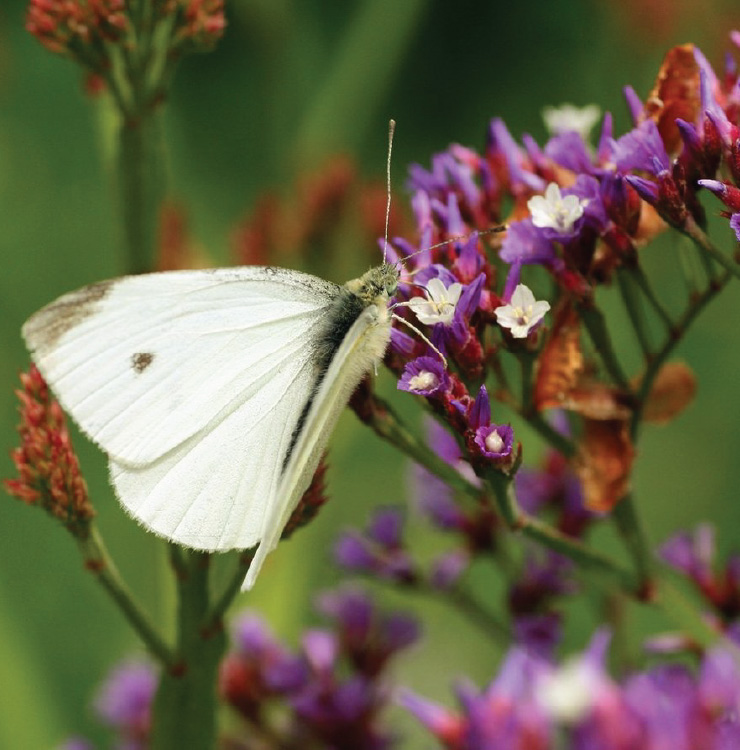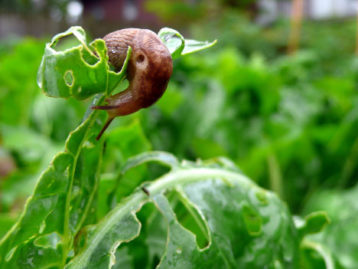To help with spacing in a city garden, put a square foot grid over your garden bed. Below are templates for how closely you can plant the seeds or seedlings in your garden – we use four main sizes.
Seed spacing – X Large: One plant per four square feet, in the middle of the space. Includes summer squash, zucchini, and ground cherry.
 Seed spacing – Large: Plant one plant per square foot, right in the middle of the square. Includes peppers, eggplants, broccoli, rapini, cabbage, tomato (climbing), and cucumber (climbing). Leave a space of 30 cm or 12″ between plants.
Seed spacing – Large: Plant one plant per square foot, right in the middle of the square. Includes peppers, eggplants, broccoli, rapini, cabbage, tomato (climbing), and cucumber (climbing). Leave a space of 30 cm or 12″ between plants.
Seed spacing – Medium: Plant four plants or seeds per square foot, in two rows of two. Includes lettuce, kale, Swiss chard, broad bean, garlic, bok choy, spinach, roquette, or arugula. Leave a space of 15 cm or 6″ between plants.
Seed spacing – Small: Plant eight plants or seeds per square foot, in two rows of four. Includes peas (climbing) and beans.
Seed spacing – Small: Plant nine plants or seeds per square foot, in three rows of three. Includes beets and onion. Leave a space of 8 cm or 3″ between plants.
Seed spacing – X Small: Plant sixteen plants or seeds per square foot, in four rows of four. Includes radishes and carrots. Leave a space of 5 cm or 2″ between plants.
Now, put your knowledge to the test – go out there and get gardening!






